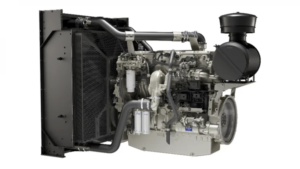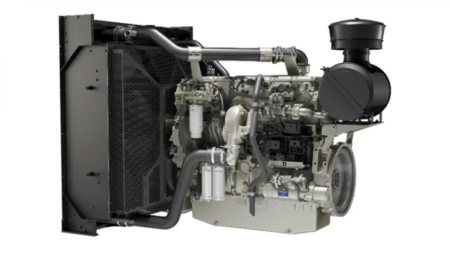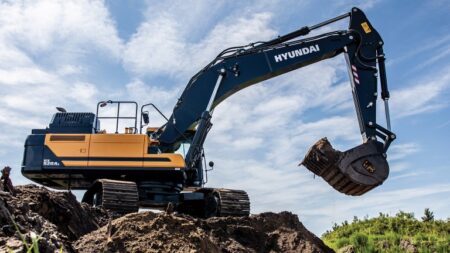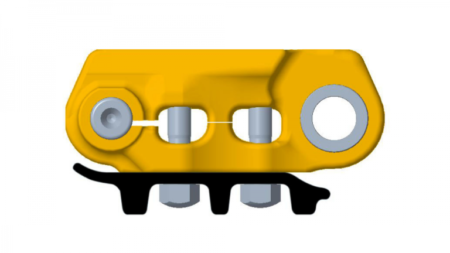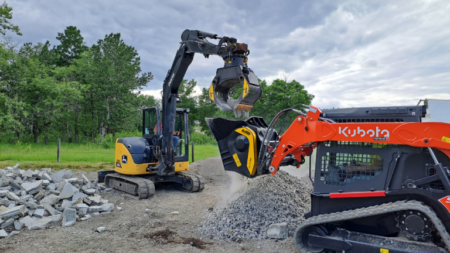Carlos Avila Gonzalez/San Francisco Chronicle via AP
Construction crews removed the top of the cofferdam left of Iron Gate Dam, allowing the Klamath River to run in its original path near Hornbrook, Calif., on Aug. 28, 2024.
The removal of four hydroelectric plants and dams on the lower Klamath River in California and Oregon was recently completed, according to the Klamath River Renewal Corp., Hydro Review reported.
KRRC said Kiewit, the Omaha, Neb.-based dam removal contractor hired by KRRC, finished the required work along the river. Knight Piesold, headquartered in South Africa, was the civil prime design partner on the project.
Part of the Iron Gate cofferdam and a temporary river crossing at Copco No. 1 were left in place after the cofferdam breaches in September to provide access to the far side of the river so diversion infrastructure could be removed, Hydro Review reported.
River restoration and recovery will continue in the years ahead, KRRC said. It took ownership of the dams from Pacific Power in July 2021.
The 20 MW Copco No. 1, 27 MW Copco No. 2, 98 MW J.C. Boyle and 18 MW Iron Gate hydro plants and dams blocked fish passage and impaired water quality for more than 100 years, KRRC said. The dams didn’t provide irrigation or drinking water, nor were they used for flood control.
Area tribes, conservation advocates, commercial fishing groups and the states of Oregon and California advocated for years for the dam removals.
In November 2022, Federal Energy Regulatory Commission regulators approved the removal of the dams, a $450 million project. Project ownership then was transferred to KRRC.
The organization was created to oversee the dam removal and the restoration of previously submerged lands, according to Hydro Review.
The smallest dam, Copco No. 2, which became operational in 1925, was removed last summer. The Copco No. 1, JC Boyle and Iron Gate reservoirs were drained in January 2024, with deconstruction beginning in the spring.
Kiewit removed significant amounts of concrete, earth, rocks and clay from the river channel. According to reports, the pre-removal included demolishing 100,000 cu. yds. of concrete, 1.3 million cu. yds. of excavation, 70,000 cu. yds. of “drill and shoot” and 2,000 tons of steel demolition. The four dams had a combined height of 411 ft.
In total, the four dams impounded approximately 15 million cu. yds. of sediment.
With these obstructions gone from the mainstem river, fish, especially salmon, will be able to access more than 400 stream miles, including tributary creeks and streams, in the upper Klamath Basin, Hydro Review said.
It will take several years to restore the 2,200 acres of once-submerged lands. When the reservoirs were drained, a native seed mix was applied to the reservoir footprint to stabilize sediments and improve the soil composition.
During the fall, restoration crews will amend soil conditions, then perform additional seeding and planting, according to Hydro Review.
The restoration will probably continue for the next several years, with crews on site until the vegetation success meets predetermined performance metrics.
Read the full article here


